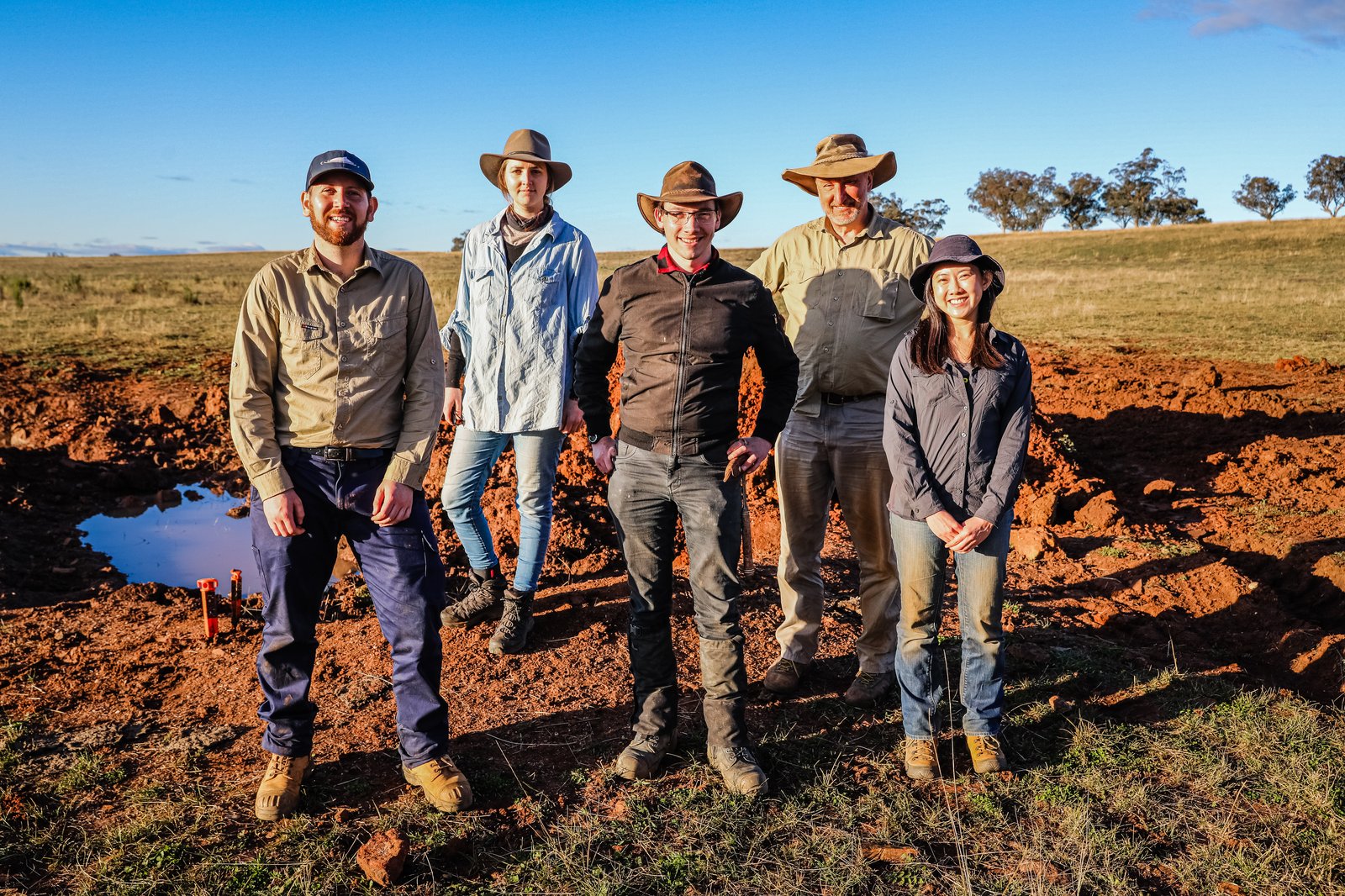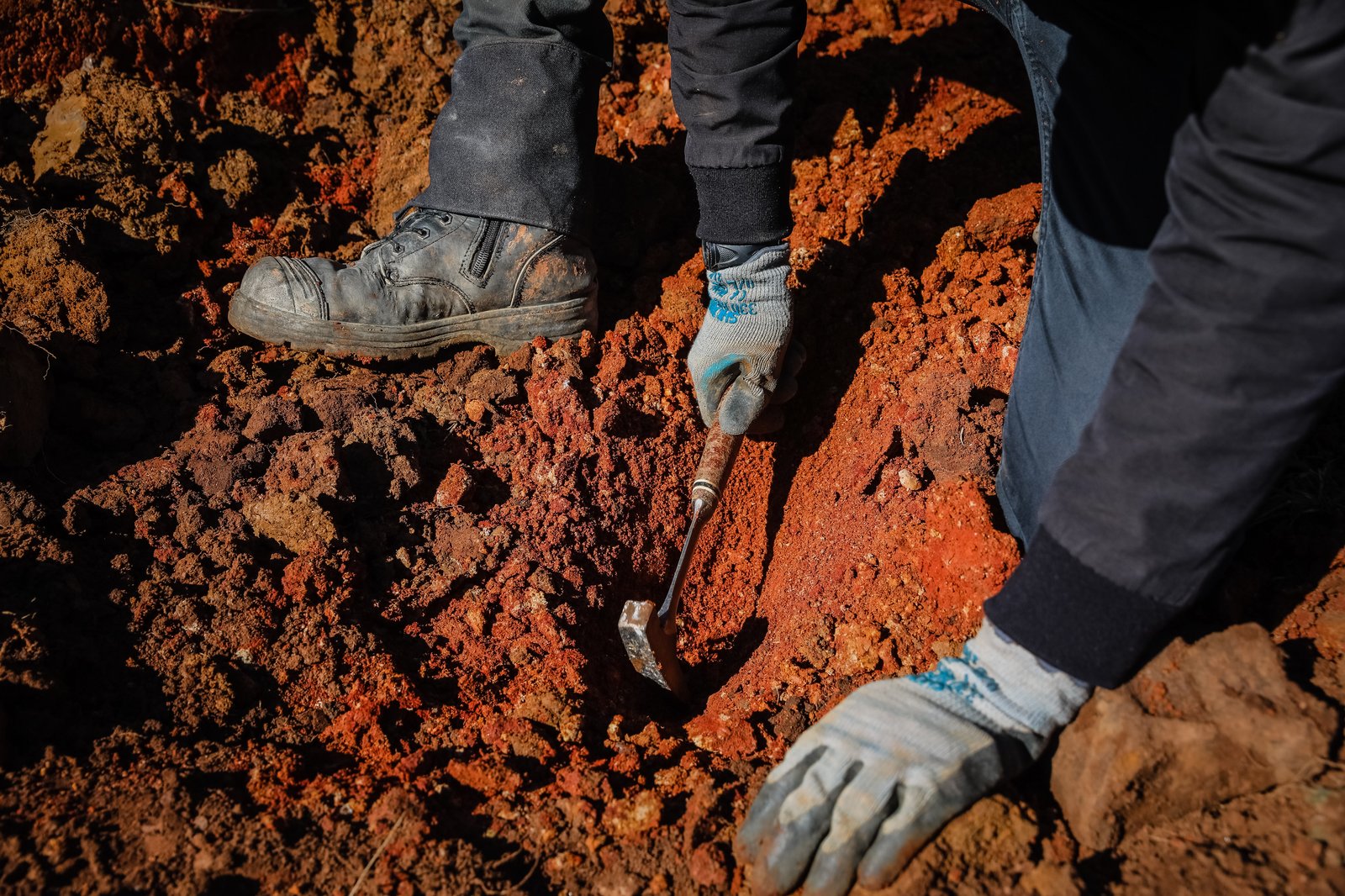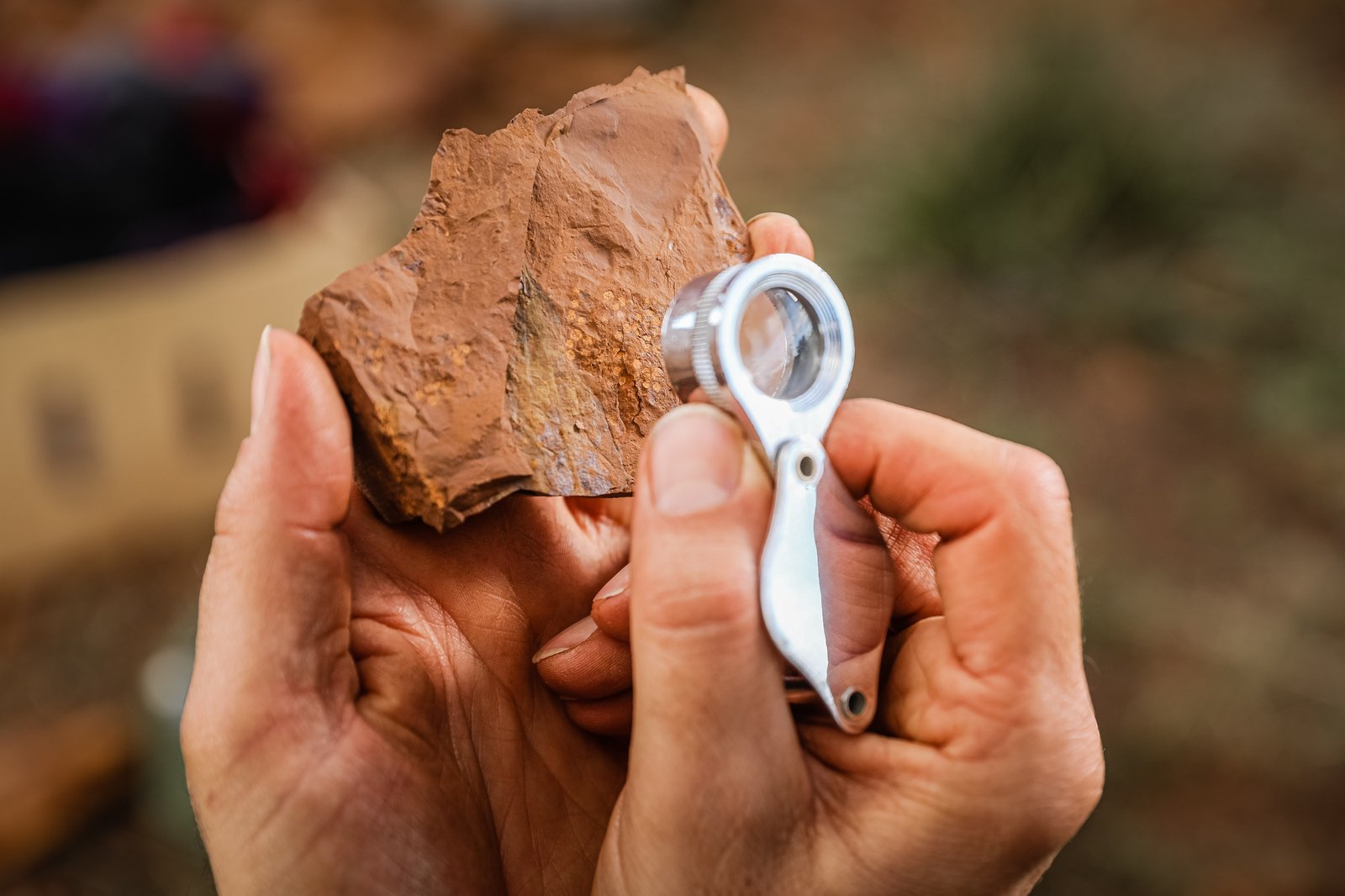The Australian fossil site that will change the world
How Australian Museum scientists are redefining the global search for exceptionally preserved fossil sites
Hidden beneath farmland in the central tablelands of New South Wales lies one of Australia’s most remarkable fossil sites, McGraths Flat, which dates back 11–16 million years into the time of the Miocene. It is here that paleontologists from the Australian Museum Research Institute have found history-changing fossils which have helped us to better understand the ecology of Australia’s multimillion-year-old rainforest ecosystem that once flourished in the now dry and dusty landscape.
McGraths Flat is filled with strikingly red sedimentary rocks composed entirely of iron that have preserved an astonishing ancient rainforest ecosystem with exceptional detail. What makes this arid area even more intriguing, as new research from the Australian Museum demonstrates, is that it fundamentally challenges our ideas about where we should look for well-preserved fossil sites on Earth.

© Australian Museum
Beyond shale and sandstone…
Traditionally, the most exceptionally well-preserved fossil sites are from rocks dominated by shale, sandstone, limestone, or volcanic ash. Consider Germany's Messel Pit or Canada's Burgess Shale. At these sites, fine-grained sediments rapidly buried organisms, under unique conditions that allowed the exceptional preservation of soft tissues, not just hard parts. Messel Pit preserves ~47 million-year-old fur, feathers, and skin outlines, while the Burgess Shale contains soft tissues from some of Earth’s earliest animal life dating back 500 million years.
Sedimentary rocks made entirely of iron, on the other hand, are the last place you’d expect to find such well-preserved remains of land-based animal and plant life. Iron-rich sedimentary rocks are predominantly known from banded iron formations (BIFs) that are massive iron deposits laid down over two billion years ago in Earth’s ancient oxygen-depleted oceans, long before complex animal and plant life evolved. In more recent history, iron is considered a mere weathering product, forming rust on the continents when exposed to our oxygen-rich atmosphere. Just look at Australia’s iconic red rocked outback landscape that preserves these million- to billion-year-old features. Yet, the recent discovery of McGraths Flat defies these expectations.

© Australian Museum
McGraths Flat: Terrestrial life entombed in iron
McGraths Flat is made of a very fine-grained, iron-rich rock called ‘ferricrete’, essentially a cement made from iron. The ferricrete consists almost entirely of microscopic iron-oxyhydroxide particles each just 0.005 millimetres across. It is precisely this minute scale that enabled the iron to fill every cellular space, allowing for extraordinary fossil preservation.
The fossils at McGraths Flat are so perfectly preserved that individual pigment cells in fish-eyes, internal organs of insects and fish, and even delicate spider hairs and neuronal tissues can be seen. This level of preservation markedly rivals other well-preserved fossil sites.
Terrestrial fossil sites (those from land-based environments) are notoriously rare compared to marine fossils. Soft tissues? Even rarer. Finding a terrestrial fossil site with soft-tissue preservation in iron provides another means by which exceptional fossil preservation can reveal new snapshots of past life.

© Australian Museum
How did McGraths Flat form?
New research reveals exactly how McGraths Flat formed, a crucial step for finding similar terrestrial fossil sites.
The formation process of McGraths Flat began when iron leached from weathering basalt, an iron-rich volcanic rock, under warm and humid conditions. Acidic groundwater carried the dissolved iron underground until it reached a river system with an oxbow lake. There, the iron precipitated in the water column as ultra fine iron-oxyhydroxide sediment, rapidly coating dead organisms on the lake floor and replicating their soft tissue down to the cellular level, all in iron.

© Australian Museum
A new fossil roadmap
Understanding how McGraths Flat formed helps to provide a roadmap for finding similar iron-rich fossil sites worldwide. The key is to look for very-fine grained and very finely-layered ferricrete beds in areas where:
- ancient river channels cut through older iron-rich landscapes like basaltic (volcanic) terrain
- ancient warm, humid conditions once promoted intense weathering
- the surrounding geology lacks significant limestone or sulfur-containing minerals (like pyrite) that could have interfered with the precipitation of predominantly iron-oxyhydroxide
The iron-rich rocks of McGraths Flat opens an entirely new chapter in our understanding of how exceptionally-well preserved fossils can form. Once dismissed as only rusted weathering rock beds might actually be treasure troves of ancient life.
The next breakthrough in understanding ancient terrestrial life might not come from traditional shale or sandstone fossil beds, but from rusty-red rocks beneath our feet.
Read more about the research here.
This article was originally published on The Conversation.
Dr Tara Djokic, Scientific Officer in the Palaeontology Collection, Australian Museum Research Institute











